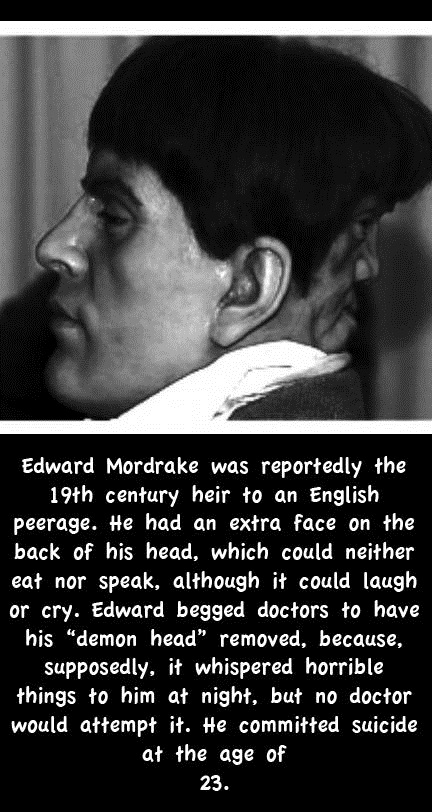
A periosteal elevator is inserted between the nasal mucosa and the lateral wall of the nose on one side. A curved retractor is inserted behind the maxillary tuberosity. A further instrument is used to retract upwards the lip and mucoperiosteal flap, exposing the lateral maxilla.
Horizontal osteotomies

The horizontal osteotomy is usually made at the level of the nasal floor, a safe distance (~5 mm) from the apices of the teeth.
Posterior and vertical osteotomies

A curved pterygoid chisel is placed with the curvature pointing medially and inferiorly between the tuberosity and the pterygoid plates.
A mallet is used to drive the osteotome medially to complete the pterygomaxillary dysjunction. The position of the tip of the osteotome can be checked with a palpating finger.

Pitfall: An upward and posteriorly oriented osteotome will not reliably separate the maxilla from the pterygoid plates. It is also associated with increased risk of bleeding from the pterygoid plexus and internal maxillary artery.
Separation of the nasal septum from the palate

The nasal septum has to be separated from the palate with either an osteotome or septum scissors.
Special "guarded" osteotomes are used for this purpose to protect the nasal mucosa.
Separation of the lateral nasal walls

The lateral nasal wall is then separated using a nasal osteotome or saw.
Special "guarded" osteotomes are used for this purpose to protect the nasal mucosa.
Pitfall: This osteotomy should end anteriorly to the greater palatine vessels and nerve to prevent bleeding.
Sagittal osteotomy of the anterior alveolar crest and the palate

The sagittal osteotomy is usually made between the roots of the central incisors. To avoid iatrogenic damage of those roots it is recommended to first mark the position and penetrate the outer cortex with a small burr or with a piezoelectric device.

The osteotomy is continued posteriorly through the alveolus and the palate, usually with a thin straight scaled osteotome. Care must be taken not to penetrate the palatal mucosa. The course of the chisel tip as it goes posteriorly is monitored with a palpating finger, which is difficult with a tooth borne expansion device in place.
Check of segment mobility

After completion of the osteotomies, the mobility of the segments must be checked. The palatal expansion device can now be inserted, if not already in place.







































